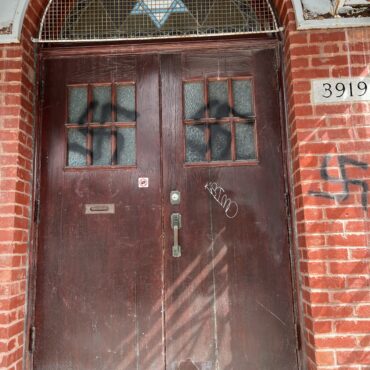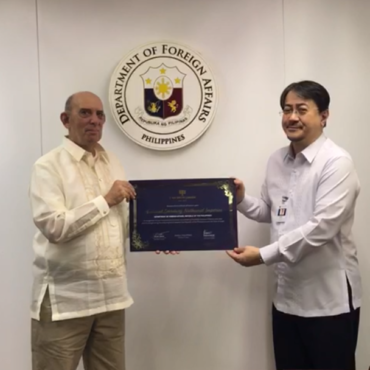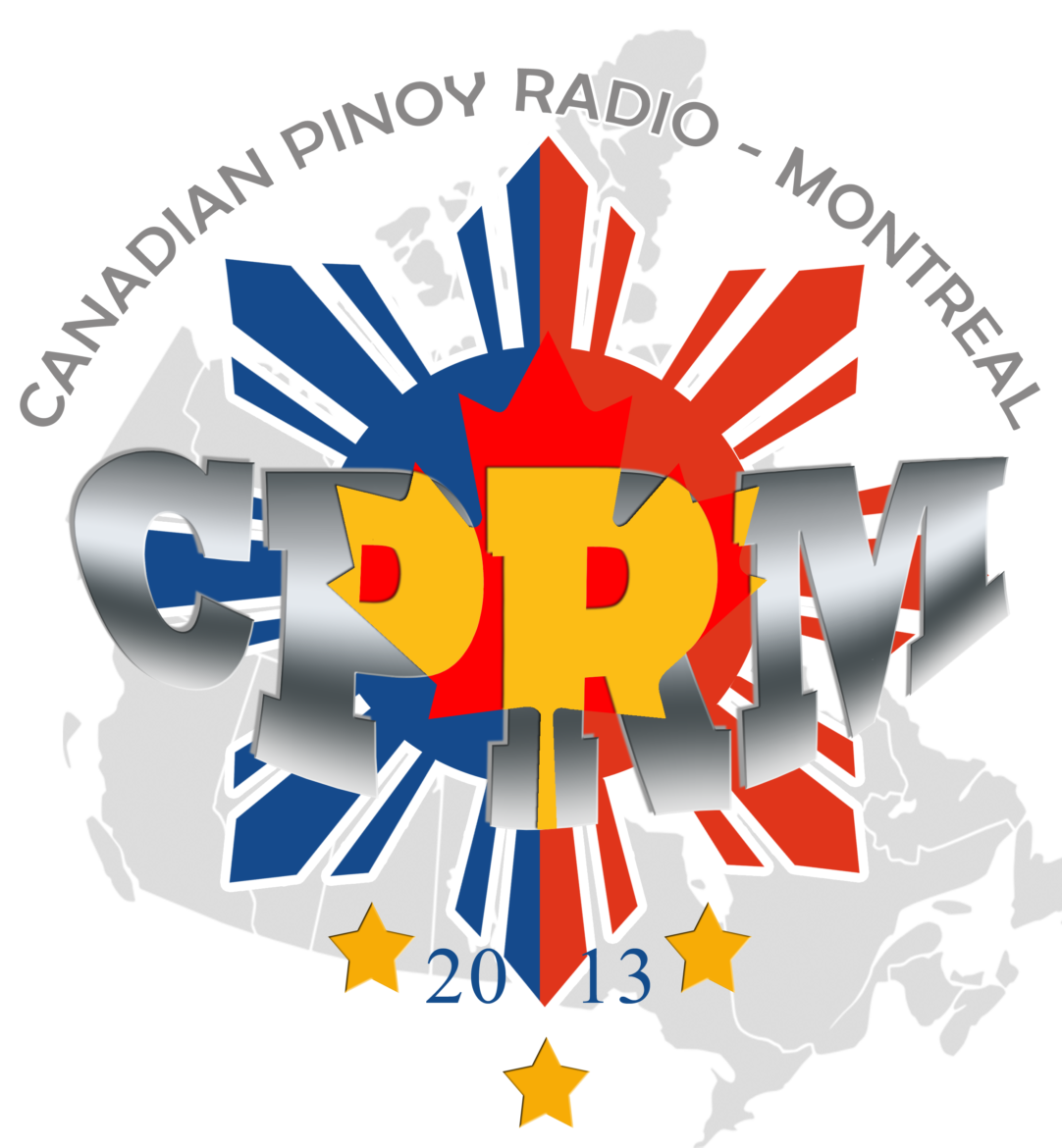Philippine hawk-eagle flies to its freedom
CAGAYAN DE ORO CITY, Philippines (June 9, 2014) —- A Philippine Hawk-Eagle in captivity flew into its freedom on Monday after it was released into the slopes of Malasag Hill, Cugman, here by the Executive of the Department of Environment and Natural Resource in Northern Mindnao region.
Roel Dahunog, Acting Chief of the Protected Areas and Wildlife Division of the Department of Environment and Natural Resources (DENR), Region 10, along with other concerned individuals, freed the raptor after it was taken by the government from an authorized collector at barangay FS Catanico, here on May 14, 2014.
At first, the Hawk-Eagle refused to fly and instead perched on the gloved hands of Dahunog as if reluctant to leave. A few seconds later, the raptor flew after being prodded but landed on the ground a little farther from Dahunog and other bird handlers.
Dr. Miguel de Leon, one of the handlers, stepped gently toward the bird and picked it up with his bare hands. “This is not good because the bird is becoming tame and could lose its hunting skill for its food. It’s a raptor and it should not have allowed anyone to touch it,” stressed de Leon.
Weighing only about 1.5 kilos, the raptor had a wound from its beak to the back of its head and its handlers had given up the bird for dead. It can be recalled that the DENR gave the bird to de Leon hoping he could save it. And he did it after performing a surgical procedure on it. De Leon, a son of the late journalist Cynthia, is an ophthalmologist by profession and a wildlife enthusiast.
The Philippine Hawk-Eagles are birds of prey. It hunts for its food. It will get lazy and will lose its hunting skills if we continuously feed it. According to the wildlife monitoring group Birdlife International, there are only around 340 pairs of Philippine Hawk-Eagles in Mindanao and some 220 pairs in Luzon. It is classified as “vulnerable” due to the loss of its forest habitation, hunting and trade.
Meanwhile, Dahunog said they are strictly monitoring the collectors because the trade of wildlife is a booming market despite DENR efforts to get rid of it for the past ten years. “The attraction of having an exotic pet is fueling a multi-billion peso illegal trade of wildlife in the country. It is ongoing despite our efforts to stop it ten years ago,” Dahunog said.
On May 16, 2014, a raid was conducted by the National Police Criminal Detection and Investigation Group on a suspected gunrunner’s house which yielded firearms, several wildlife species in cages including a crocodile.
Dahunog said the internal traffickers of wildlife still use the old port of entry in General Santos City to smuggle turtles, geckos, snakes and mynahs from Indonesia which were placed in cramped boxes.
He said because the DENR lacks the personnel to monitor the illegal trade, the smugglers could easily bring the wildlife species to Manila by trucks via the Lipata ferry in Surigao City.
He said another preferred route used by wildlife smugglers is via Palawan and most of the animals end up for sale on the streets of Cebu City. “But the major market for the illegal wildlife sale is Cartimar Market in Pasay City. You can find every species of wildlife for sale there,” Dahonog said.
The sale of wildlife in Cartimar Market is also advertised openly in social networks and blog sites. In one blog site, allthingsmanila.blogspot.com, a picture was posted of an 11-month old macaw were on sale for 75,000 pesos.
The Philippine Congress passed Republic Act no. 9147 or the Wildlife Resources Conservation Act to protect the country’s wildlife from illicit trade, abuse and destruction. The law also regulates the collection and trade of wildlife and spurs conservation efforts in its habitats. But look what actually happened has been ironic. (LOR VILLA ENCENZO)





Post comments (0)